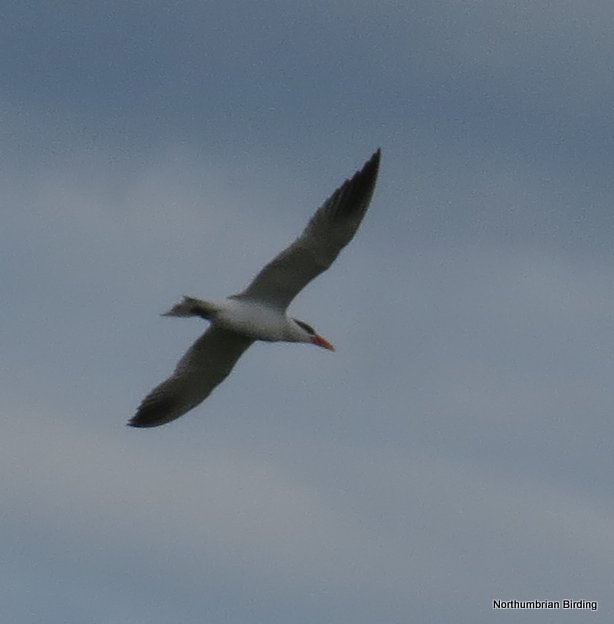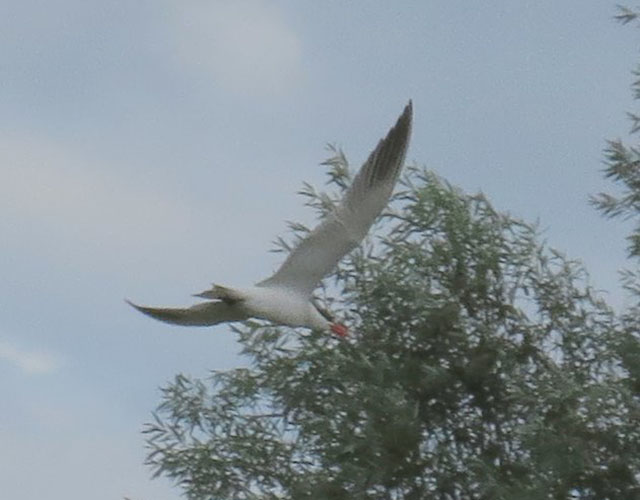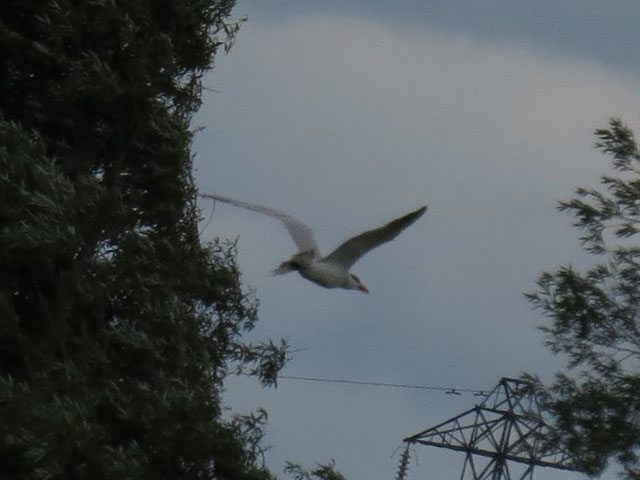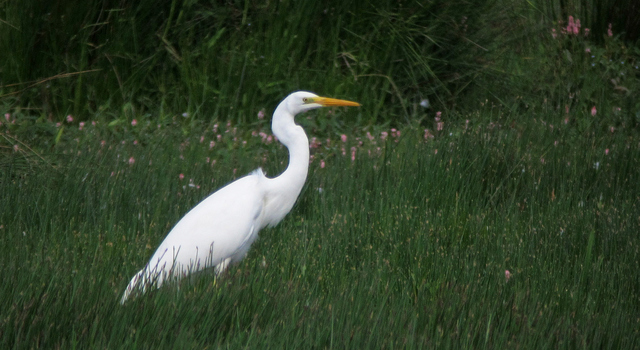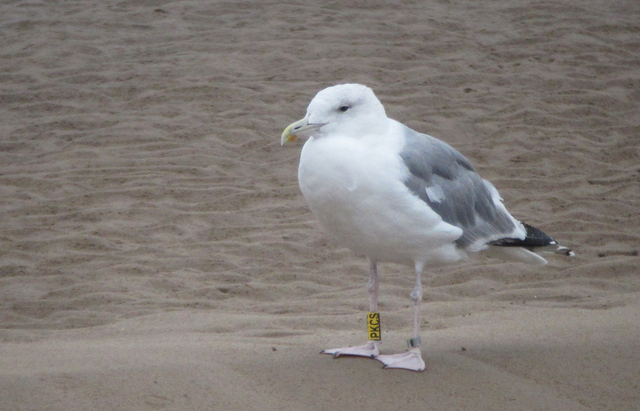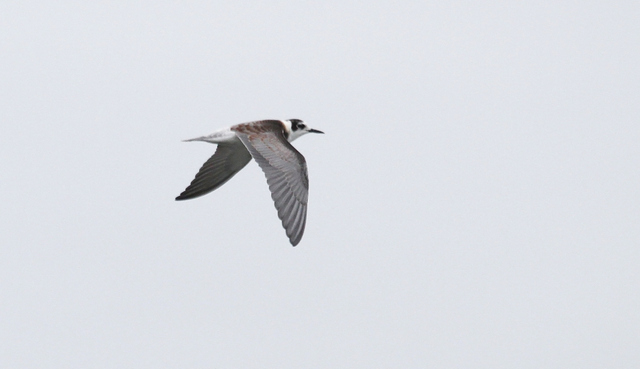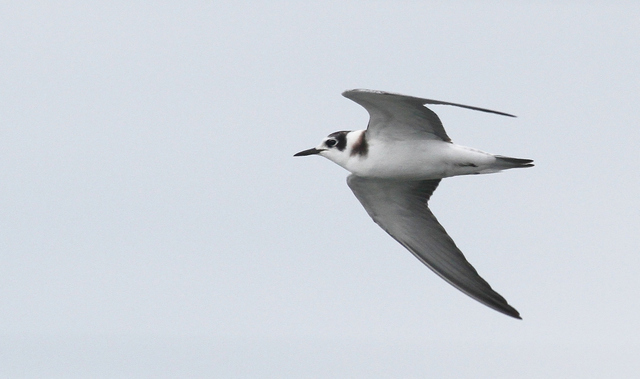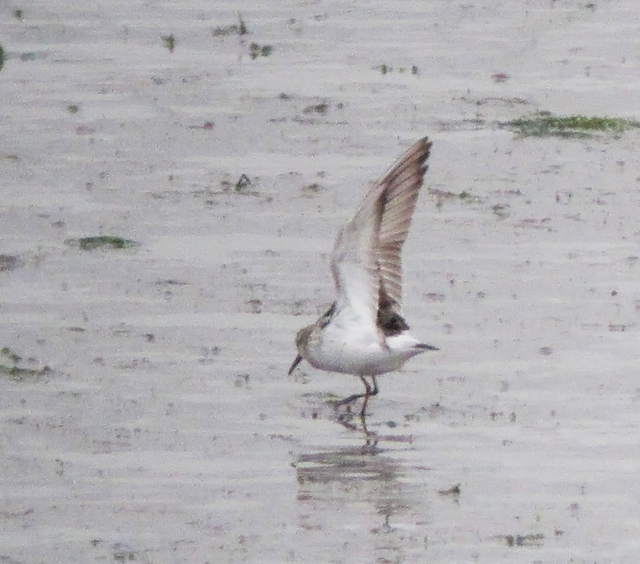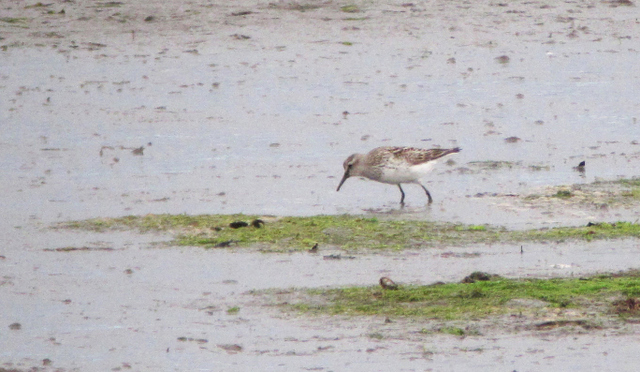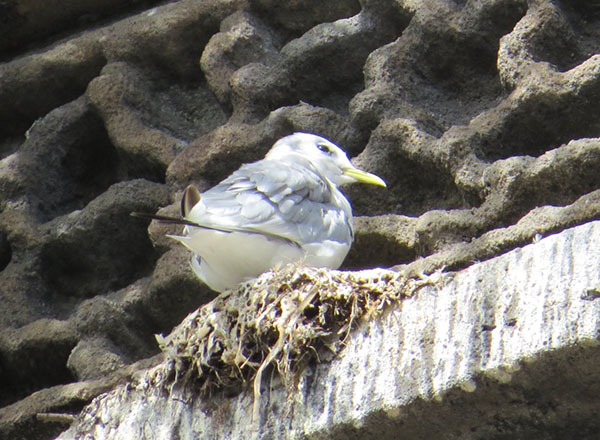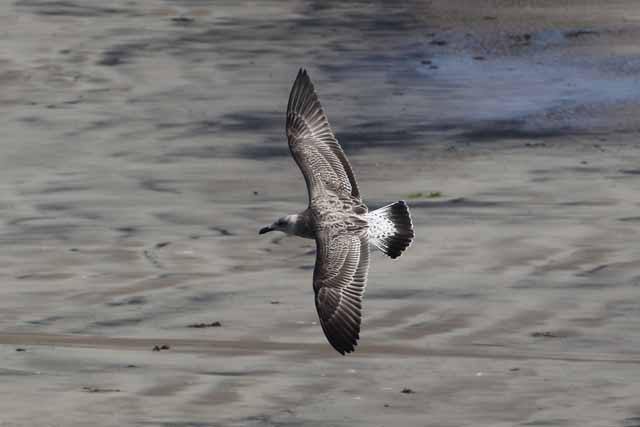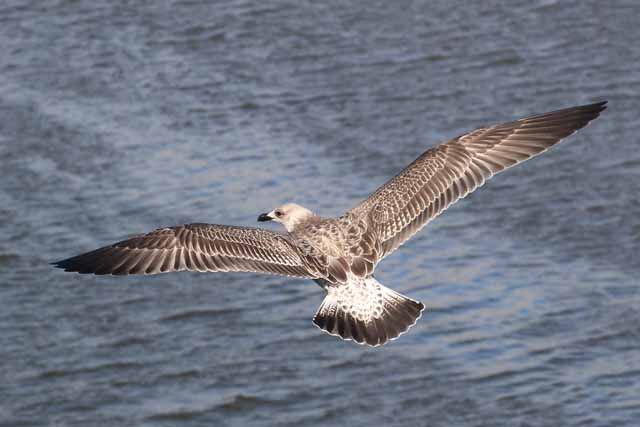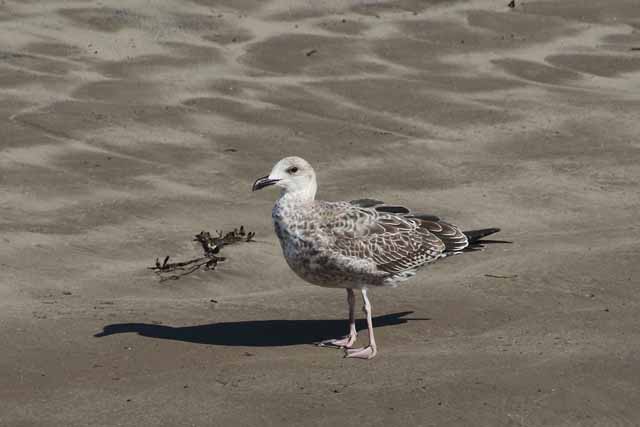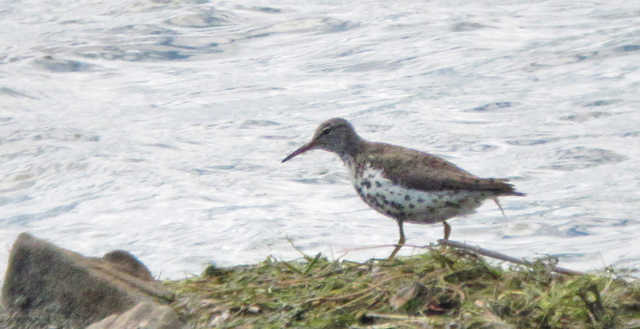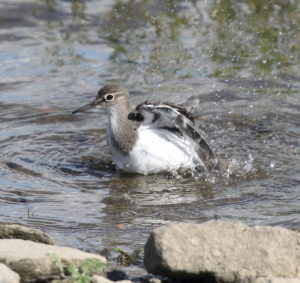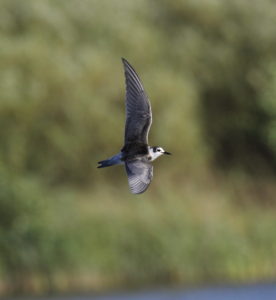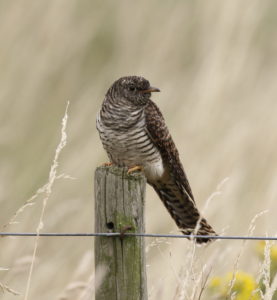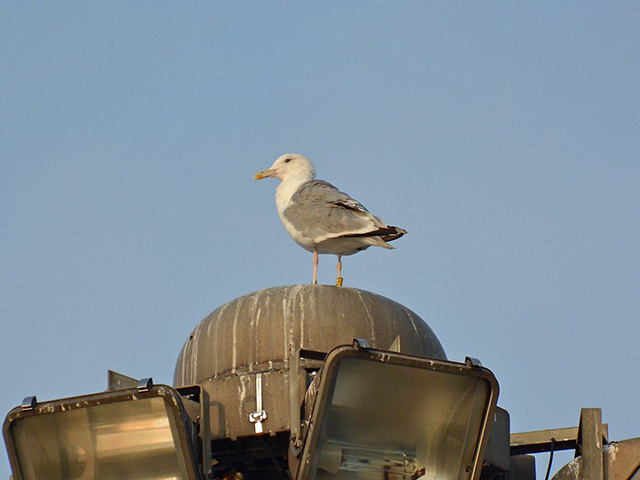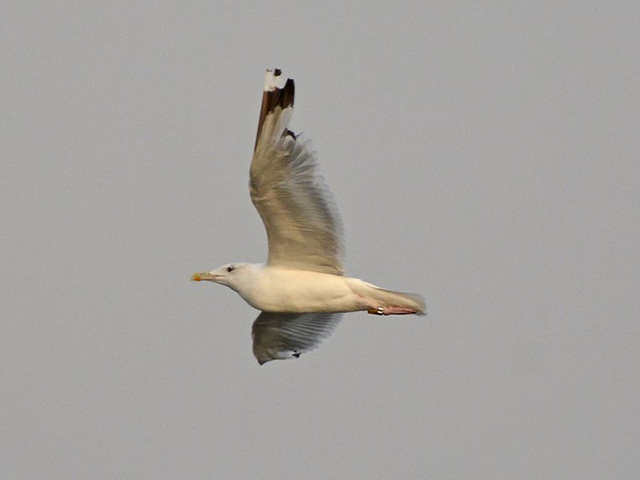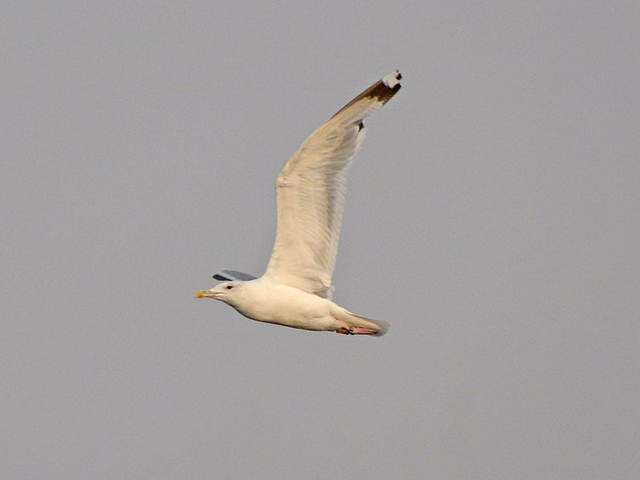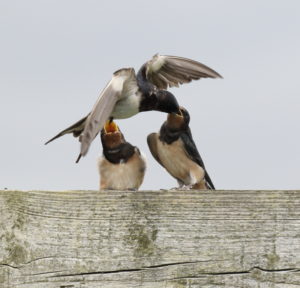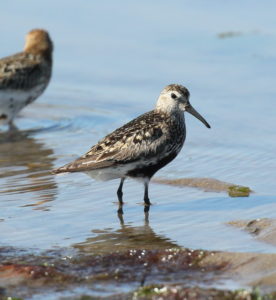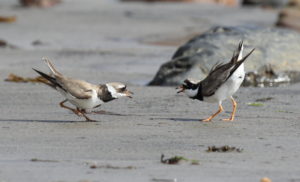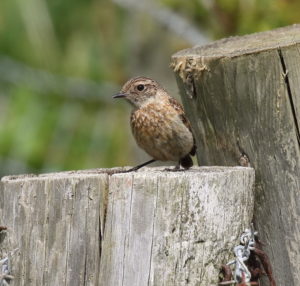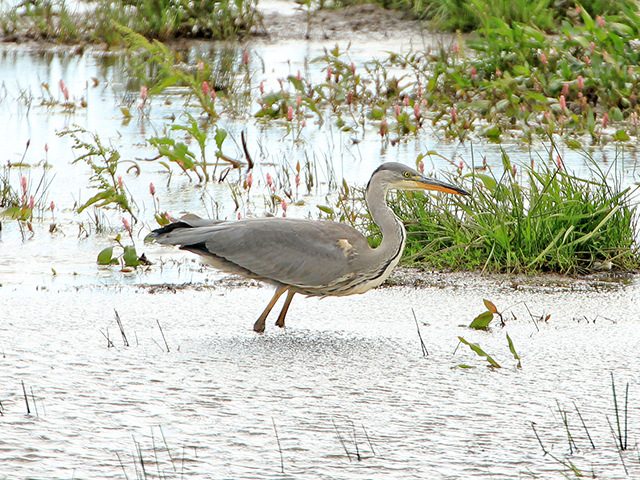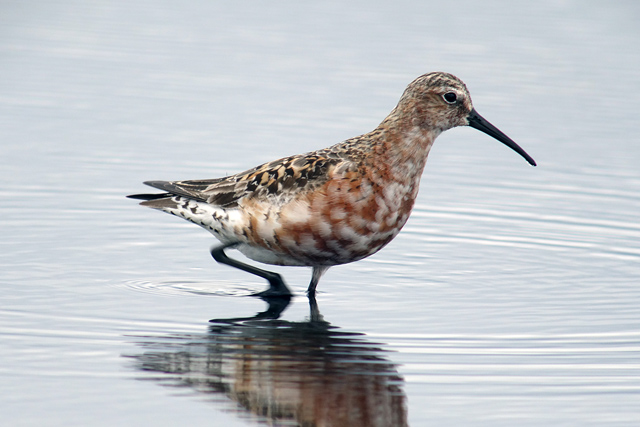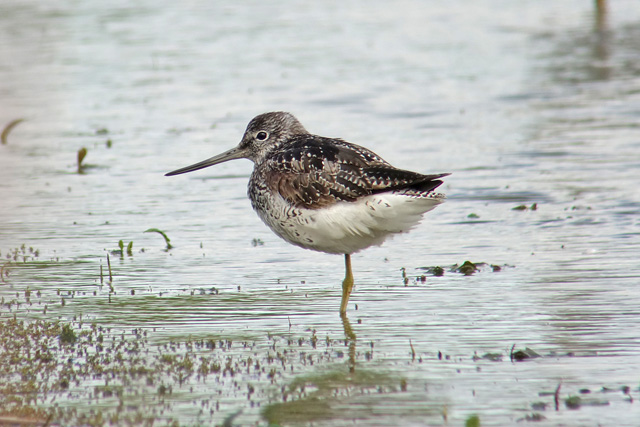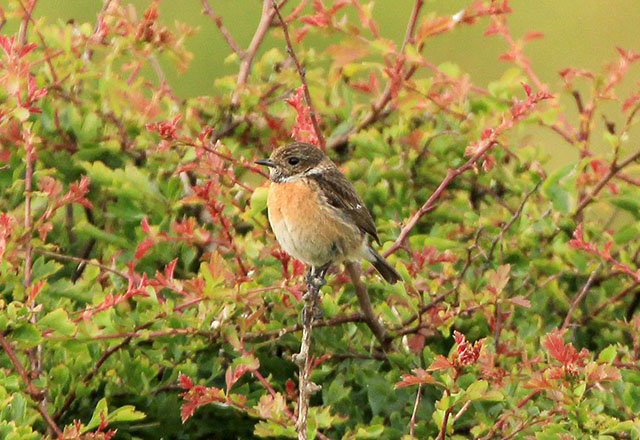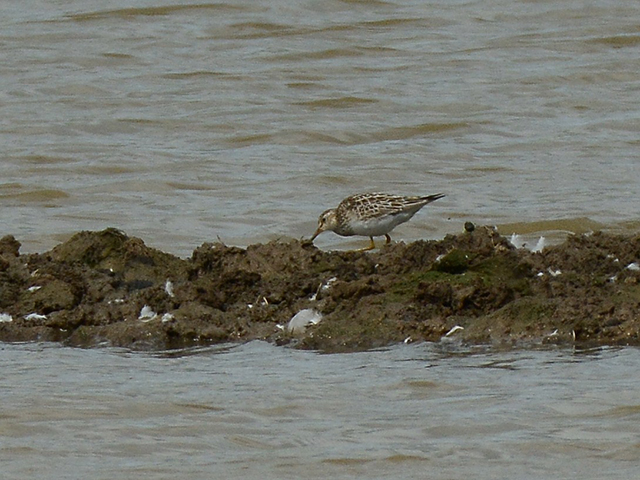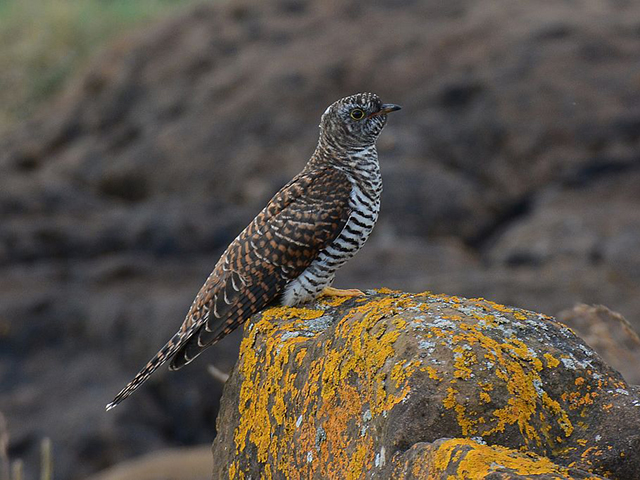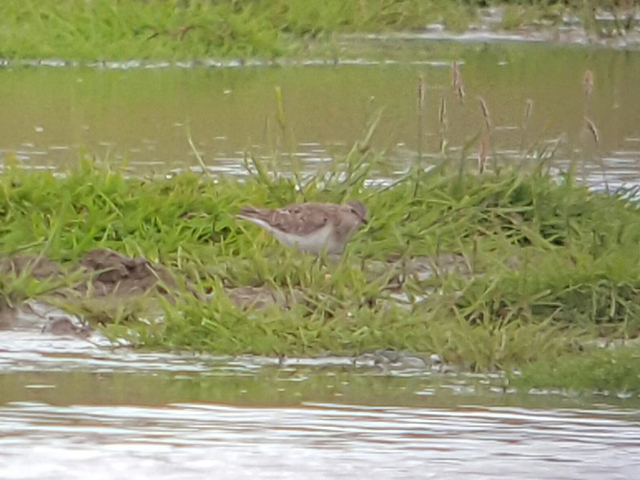We were very lucky this weekend to enjoy some hot sunny weather.
Tyne Green Country Park – Hexham
This Saturday we travelled to Hexham to enjoy a nice lunch at the new restaurant ‘The Hextol Tans’, followed by a relaxing walk in Tyne Green Country Park. The river was alive with activity, with Black-headed Gulls, surfing down the river, Grey Herons & Goosanders fishing nearby and resident Mallards relaxing in the sun. The highlight however was male Mandarin, which was most unexpected and great to see. We recently returned from a trip to the Peak District, where there is a healthy population of 40 plus in Buxton, but this is the first time we had recorded one at Hexham. This being the fourth site this year we have seen Mandarin the other two being Kielder and Holywell Pond.
Morpeth
On the Sunday we enjoyed a relaxing walk along the river at Morpeth, which proved productive, despite being busy. First we picked up a Grey Wagtail, followed by a Dipper which was not far from the rowing boats. Whilst enjoying the views from the bridges, a Kingfisher passed us, brightening up the river and announcing it’s passing, calling as it went. Before we arrived we talked about how we might see these three species, so it felt pretty rewarding to find all three and so quickly. A trip to Morpeth is always well worth it. The outdoor Chinese there is always a favourite for us.
Bolam Lake
Next we travelled to Bolam Lake, which at this time of year is very beautiful and always a great walk. The lake was pretty quiet this evening, with only a few Mute Swans and Mallards in attendance. The scenery however was impressive.
Paul & Adriana Buskin

